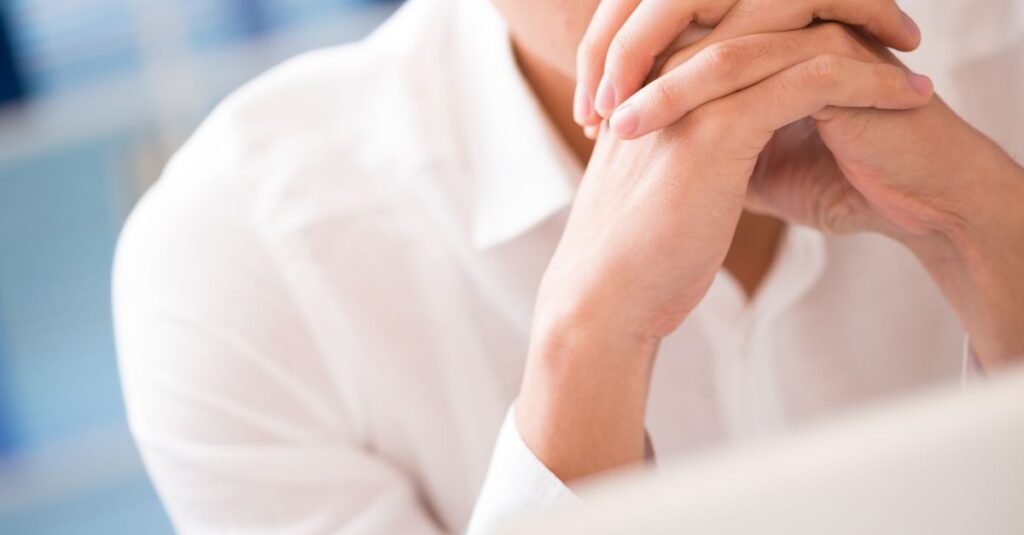Addressing Porn-Induced Erectile Dysfunction: Understanding and Overcoming the Challenge
Erectile dysfunction (ED) is a condition that many men face, but one lesser-discussed type is porn-induced erectile dysfunction (PIED). With the rise of internet pornography, more men are reporting difficulties with erection problems, reduced sexual performance, and trouble achieving satisfaction during sexual intercourse. If this sounds familiar, know that you’re not alone—and more importantly, there are solutions.
This blog explores the causes of PIED, how it affects your sexual health, and effective treatment options for reclaiming a healthy, fulfilling sex life.
Understanding Porn-Induced Erectile Dysfunction

PIED occurs when excessive consumption of pornography leads to desensitization, making it difficult to become aroused or achieve an erection during real-life sexual activity. Over time, the brain rewires itself to associate arousal with pornography rather than physical intimacy. This can affect erectile function, delay or prevent ejaculation, and diminish your overall connection during sex.
Common Symptoms:
- Difficulty maintaining an erection during physical intimacy.
- Reduced interest in sexual intercourse with a partner.
- Reliance on pornography to achieve arousal or orgasm.
- Increased performance anxiety or self-doubt during intimacy.
Causes of PIED
PIED is typically linked to both psychological and physiological factors:
- Neurochemical Changes: Overuse of pornography floods the brain with dopamine, the “reward” chemical, causing a cycle of dependency. Over time, the brain requires more intense stimuli to achieve the same level of arousal.
- Psychogenic Factors: Frequent pornography use can lead to performance anxiety, lower self-esteem, and difficulty connecting emotionally during sex.
- Physical Health Issues: Conditions like high blood pressure, vascular disease, or low testosterone levels can worsen ED symptoms, even if the primary cause is psychological.
How PIED Differs from Other Types of ED
Unlike ED caused by vascular issues like atherosclerosis or high cholesterol, PIED is primarily a psychogenic condition. However, it can also overlap with other health issues, such as obesity or mental health concerns like anxiety and depression.
For example, one patient I worked with, Alex, was a healthy 30-year-old who struggled with maintaining an erection during sex but had no trouble during solo sessions with pornography. Through discussions, we identified his reliance on pornography as the key underlying cause. Addressing this dependency made all the difference in his recovery.
Treating Porn-Induced Erectile Dysfunction

The good news is that PIED is highly treatable with the right approach. Below are some strategies and treatment options to consider:
1. Reducing Pornography Use
The first step in addressing PIED is cutting back or eliminating pornography. This allows your brain to reset its reward system and rewire itself to respond to real-life intimacy. Many men notice improvements in their erectile function within weeks or months.
2. Lifestyle Changes
Improving your overall health can enhance your recovery:
- Exercise Regularly: Physical activity improves blood flow, boosts testosterone, and reduces stress.
- Eat Heart-Healthy Foods: A diet low in saturated fats and sugars and high in vegetables, lean proteins, and whole grains can reduce ED risk factors like high cholesterol and heart disease.
- Manage Stress: Meditation, mindfulness, and therapy can help address mental health challenges that contribute to ED.
3. Counseling and Therapy
For many men, therapy is a crucial part of overcoming PIED. Cognitive-behavioral therapy (CBT) can help address performance anxiety, improve emotional connections, and rebuild confidence in your ability to perform during physical intimacy.
4. Medications
In some cases, medications like sildenafil (Viagra), tadalafil (Cialis), or vardenafil may be recommended to enhance blood flow and support erections. These are especially helpful if physical factors like vascular disease or low testosterone are contributing to ED. However, medications should be used in conjunction with addressing the root cause of PIED to ensure long-term success.
5. Medical Interventions
For severe or long-term cases, advanced treatments like vacuum devices, alprostadil injections, or even penile implants may be considered. These options are typically recommended for men whose ED has additional physical or medical components.
A Holistic Approach to Recovery
Recovering from PIED isn’t just about quitting pornography; it’s about rebuilding your confidence, improving your overall sexual health, and addressing any co-existing health problems. A combination of physical, psychological, and relational strategies often yields the best results.
When to Seek Professional Help
If you’ve tried reducing pornography use and making lifestyle changes without success, it’s time to consult a healthcare provider. A urologist or men’s health specialist can perform a thorough physical examination, review your medical history, and conduct blood tests to rule out other causes like low testosterone, vascular disease, or endocrine issues.
The Road Ahead: Rebuilding Connection and Confidence
PIED can feel like an overwhelming challenge, but with the right steps, recovery is entirely possible. By addressing the root causes, rebuilding your emotional and physical connections, and prioritizing your health, you can regain your confidence and enjoy a fulfilling, connected sex life.
If you’re ready to take the first step, start by reducing your reliance on pornography and exploring the strategies outlined here. Remember, you’re not alone in this journey, and help is always available. Take control of your sexual function and reclaim the intimacy and connection you deserve. Still wondering if your porn use is the problem? Check out my free guide What’s the Problem with Porn? to find out more.


